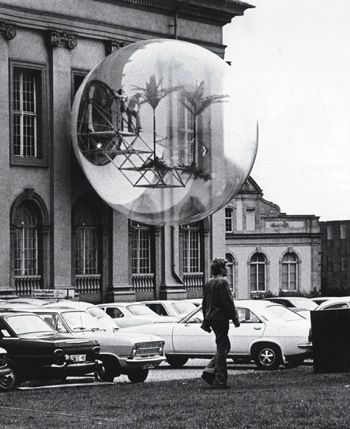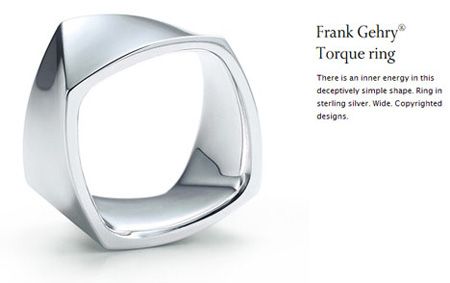Figures such as Jürgen Habermas and Jacques Derrida, among many others, have stressed in the past that we need to create institutions for unified political decisions at the level of the European Union. In the aftermath of the Greek debt crisis, it seems that the Europhile intellectuals have gotten what they asked for. The EU entity has been subjected to a sort of political directorate that has unfortunately only served to reveal that financial interests lie at the heart of the Union’s priorities...
Issue #21
December 2010
With: Julieta Aranda, Brian Kuan Wood, Anton Vidokle, Franco “Bifo” Berardi, Ekaterina Degot, Liam Gillick, Hans Ulrich Obrist, Martha Rosler, and Hito Steyerl
Could it be that contemporary art is neoliberalism in its most purified form? At the center of our December issue is a constellation of unusually frank essays mounting an indictment of contemporary art’s complicity with gentrification and capital accumulation, with processes of divestiture and exploitation.
We would like to see a way out of this, but questioning whether cultural work can actually have a real effect on power relations, or whether capital, public or private, should really be a ...
View List
View Grid
7 EssaysDecember 2010
Last year, I was taking a taxi into Kyiv’s downtown from Borispol Airport. About midway through the trip, I noticed a large black jeep coming straight towards my taxi on the same side of the road. It was not that it was traveling fast—no, it was more likely driving quite slowly. But it was going in the opposite direction on our side of the highway, which is divided by a high wall stretching almost the entire way from Kyiv to the airport. It was not entirely clear how this rudderless Flying Dutch...
The term “contemporary art” is marked by an excessive usefulness. The contemporary has exceeded the specificity of the present to become inextricably linked to the growth of doubt consolidation. At the same time, it has absorbed a particular and resistant grouping of interests, all of which have become the multiple specificities of the contemporary. The tendency is for artists to deny that they are part of something that is recognized and defined by others. Frustrations here are always unique. D...
Hans Ulrich Obrist: To begin at the beginning, how did you start writing?
Hakim Bey: I always wanted to be a writer, an artist, or possibly a cartoonist. Or a pirate. Those were my ambitions. But I didn’t have enough talent for cartooning. And I’ve discovered that art is very hard to do when you’re not sitting in one place. I don’t know if everybody finds this to be true. But when I took up a life of travel in the 1960s, I gave up art because writing is so much easier to do when you’re travel...
PART ONE: ART AND URBANISM
When Abstract Expressionists explored the terrain of the canvas and Pollock created something of a disorientation map by putting his unstretched canvases on the floor, few observers and doubtless fewer painters would have acknowledged a relationship between their concerns and real estate, let alone transnational capital flows.
Space, as many observers have noted, has displaced time as the operative dimension of advanced, globalizing (and post-industrial?) ca...
A standard way of relating politics to art assumes that art represents political issues in one way or another. But there is a much more interesting perspective: the politics of the field of art as a place of work.1 Simply look at what it does—not what it shows.
Amongst all other forms of art, fine art has been most closely linked to post-Fordist speculation, with bling, boom, and bust. Contemporary art is no unworldly discipline nestled away in some remote ivory tower. On the contrary, it is ...






